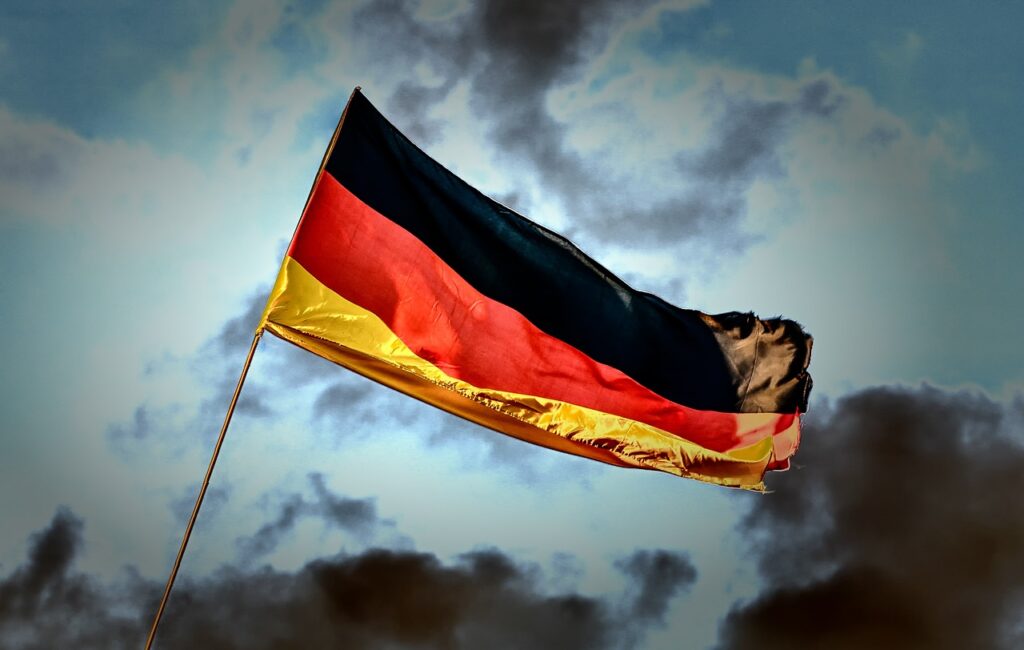Storag Etzel has begun storing 45 tons of hydrogen in a repurposed salt cavern at its Etzel site in the Wittmund district.
Located in the northwestern state of Lower Saxony, the Etzel site—previously used for natural gas and crude oil storage—is now being reconfigured for green energy. The transition has been underway since 2022, with technical evaluations focused on the material compatibility and safety of salt caverns when repurposed for hydrogen. These caverns, naturally occurring formations in salt domes, offer a compelling option for underground energy storage due to their structural integrity, gas tightness, and scalability.
Friday’s launch event was attended by key political figures including Lower Saxony’s Minister of Economic Affairs Olaf Lies, who is also the state’s designated Minister-President, and Environment Minister Christian Meyer. Also present were executives from Gasunie, the Dutch state-owned infrastructure company that is partnering on the project and contributing to the construction of a new above-ground facility. This infrastructure will enable the transfer of hydrogen between caverns at a commercial scale—signaling a readiness to integrate Etzel into broader hydrogen logistics networks.
The hydrogen currently being injected into the cavern marks a crucial shift from pilot to operational readiness. While Storag Etzel has stored smaller test volumes over the past year, this 45-ton injection is seen as a benchmark for Germany’s ambition to convert its gas storage backbone into hydrogen-ready infrastructure. The new above-ground facility, construction of which also started Friday, will support rapid injection and withdrawal processes and is part of the long-term vision to create a flexible, hydrogen-based energy system.
This development aligns with federal and regional hydrogen strategies emphasizing underground storage as an essential piece of energy security and renewables integration. Hydrogen—particularly green hydrogen generated from surplus renewable power—will play a vital role in balancing intermittent solar and wind generation, and cavern storage offers a reliable buffer to manage supply-demand mismatches across seasons.
Storag Etzel’s H2CAST Etzel project is backed by funding from the German federal government and the state of Lower Saxony. The aim is to position the Friesland region as a key node in the emerging hydrogen economy.
Stay updated on the latest in energy! Follow us on LinkedIn, Facebook, and X for real-time news and insights. Don’t miss out on exclusive interviews and webinars—subscribe to our YouTube channel today! Join our community and be part of the conversation shaping the future of energy.
